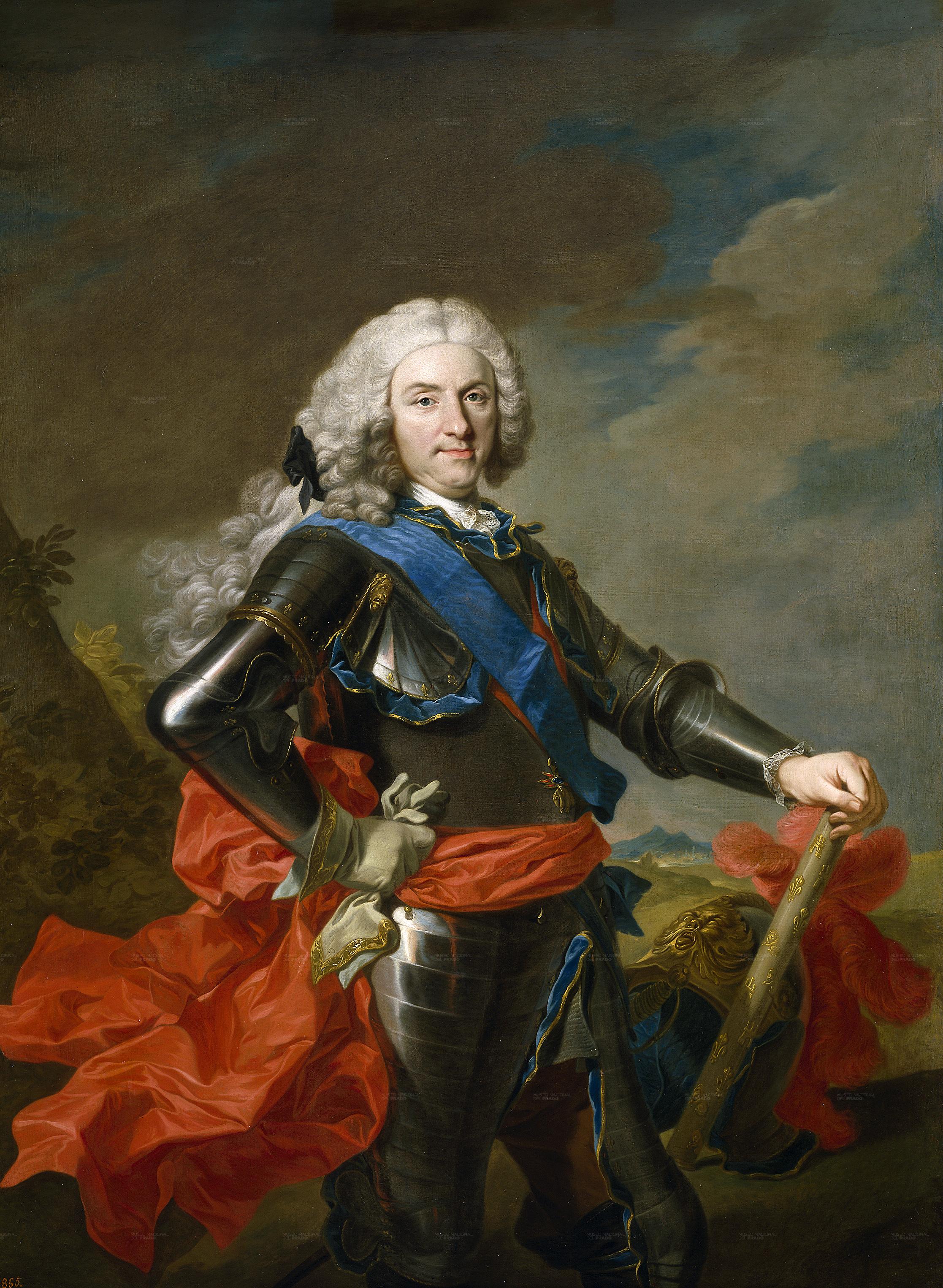Among the numerous notable figures who played significant roles in shaping European history, two Bourbon monarchs stand out for their remarkable achievements and lasting impacts. **Louis XIV** of France and **Philip V** of Spain, both members of the Bourbon dynasty, left indelible marks on their respective countries and the continent as a whole. Their reigns were marked by significant events, reforms, and cultural developments that continue to influence European history today.
Both monarchs were known for their strong leadership and vision, which enabled them to implement far-reaching reforms and expand their territories. **Louis XIV**, often referred to as the "Sun King," transformed France into a powerful and centralized state, establishing the Palace of Versailles as the royal residence. **Philip V**, on the other hand, worked to consolidate Spanish power and establish a strong monarchy, despite facing numerous challenges and conflicts. Their legacies continue to fascinate historians and scholars alike, offering valuable insights into the complexities of European politics and society during this pivotal period.
what were the key achievements of the Bourbon monarchs

how did Louis XIV's absolutism shape modern monarchies

- Centralization of Power: Louis XIV eliminated the Estates General, the legislative body of France, and ruled directly, making all decisions without opposition.
- Patronage of the Arts: He supported prominent artists and writers, fostering a vibrant cultural scene at the Palace of Versailles, which became a symbol of his power and wealth.
- Economic Control: Louis XIV managed the French economy, imposing taxes and regulating trade to finance his wars and maintain the state's power.
- Military Power: He maintained a strong military, which allowed him to expand French territories and maintain control over the nobility.
how did Louis XIV's absolutism influence other European monarchies
- Centralization of Power: Louis XIV eliminated the Estates General, the legislative body of France, and ruled directly, making all decisions without opposition.
- Patronage of the Arts: He supported prominent artists and writers, fostering a vibrant cultural scene at the Palace of Versailles, which became a symbol of his power and wealth.
- Economic Control: Louis XIV managed the French economy, imposing taxes and regulating trade to finance his wars and maintain the state's power.
- Military Power: He maintained a strong military, which allowed him to expand French territories and maintain control over the nobility.
 |
| Prince Guillaume and Princess Sibilla of Luxembourg with their children at the Bay des Débutantes |
The annual Bal des Débutantes will take place on 30 November at the Shangri-La Hotel in Paris. In recent years, the event has been attended by the following royal and noble young women: Princess Charlotte of Nassau; Infanta Maria Francisca of Portugal, Duchess of Coimbra; Princess Gauravi Kumari of Jaipur; Countess Gabrielle de Pourtalès; Amina Martinez de Irujo y Casanova (granddaughter of the late Cayetana, Duchess of Alba); and Maria do Carmo Calem (granddaughter of Princess Teresa of Orléans-Bragança, the youngest sister of the late Countess of Paris).
 |
| Princess Maria Carolina of Bourbon-Two Sicilies Photograph (c) Royal House of Bourbon-Two Sicilies |
 |
| The three Infantes of Portugal at the Debutantes Ball in Paris |
As we conclude our exploration of the Bourbon monarchs, it is clear that their legacies continue to shape European history. **Louis XIV** of France and **Philip V** of Spain, both members of the Bourbon dynasty, left lasting impacts on their respective countries and the continent as a whole. Their reigns were marked by significant events, reforms, and cultural developments that continue to influence European history today. The Bourbon monarchs' centralized power and control over the state, economy, and culture set a precedent for future monarchs, influencing the development of royal courts and the role of monarchs in promoting artistic and cultural achievements.
It is essential to recognize the lasting impacts of the Bourbon monarchs on European history. **Louis XIV**'s absolutism in France, for instance, significantly influenced the development of modern monarchies. His centralized power and control over the state, economy, and culture set a precedent for future monarchs, influencing the development of royal courts and the role of monarchs in promoting artistic and cultural achievements. Similarly, **Philip V**'s efforts to consolidate Spanish power and establish a strong monarchy had lasting impacts on Spanish history. The Bourbon monarchs' legacies continue to fascinate historians and scholars alike, offering valuable insights into the complexities of European politics and society during this pivotal period. As we reflect on the Bourbon monarchs, it is clear that their legacies continue to shape European history, emphasizing the importance of understanding their roles in shaping the continent's past.
what were the main goals of the Bourbon Reforms
- Increase Commercial Agriculture and Mining: The reforms sought to stimulate economic growth by promoting commercial agriculture and mining in Spanish America.
- Improve Administrative Efficiency: The reforms aimed to simplify and centralize the administrative structure, making it more efficient and effective.
- Limit the Power of Criollos: The reforms intended to curb the influence of local elites, known as Criollos, and re-establish peninsular supremacy over the colonies.
- Regain Control over Transatlantic Trade: The reforms aimed to curb contraband commerce and regain control over transatlantic trade, ensuring that Spain maintained its economic dominance.
- Modernize State Finances: The reforms sought to modernize state finances by improving taxation and revenue collection, which would help fill depleted royal coffers.
- Establish Tighter Political and Administrative Control: The reforms aimed to establish tighter political and administrative control within the empire, ensuring that the Spanish Crown maintained its authority.


No comments:
Post a Comment